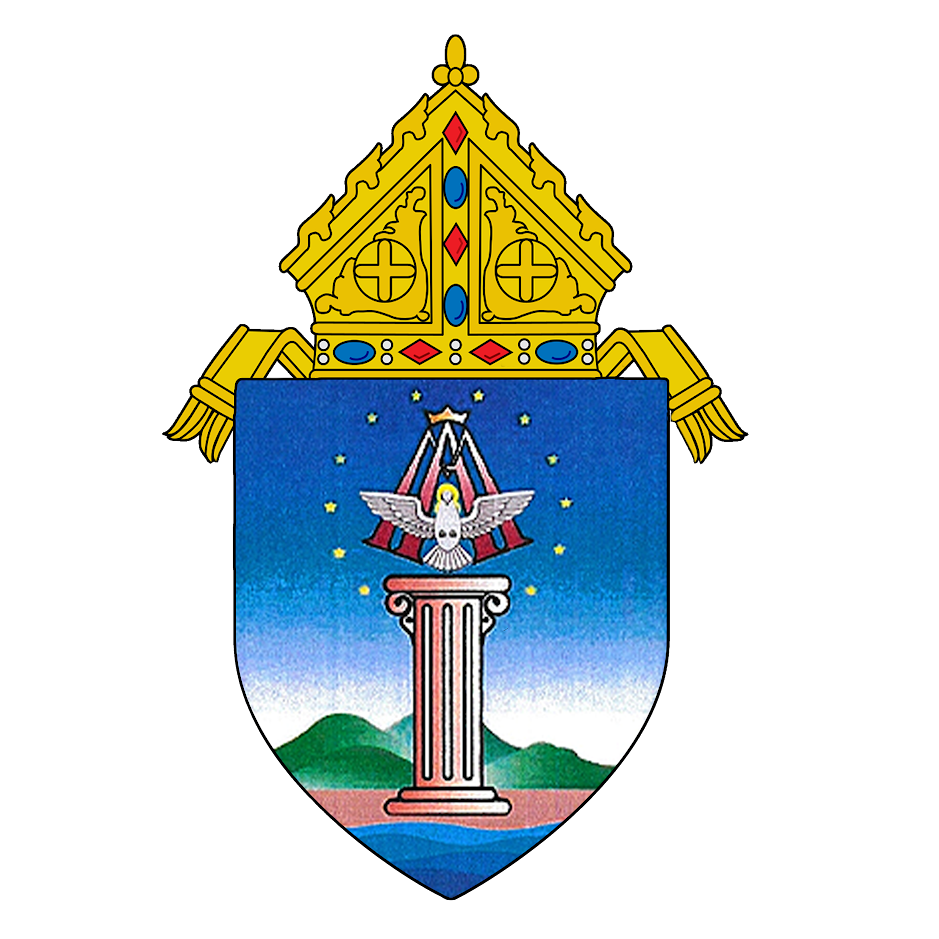The Secular Foundations
Before their expulsion from the Philippines in 1768, the Jesuits had evangelized almost all
towns of Cavite Province. When they left Cavite, most of their parishes were turned over to the
secular clergy. The old parishes of Silang, Indang, Maragondon, Naic, and Cavite Viejo were
given to diocesan priests. However, there were also many parishes, which were given the secular
clergy since their very foundation like the one in Cavite Puerto, the Parish of San Pedro
Apostol, established between 1586 and 1591; it was given to the Recollects only during the later
part of the Spanish regime and the San Roque, which was created by the Royal Cedula of March 10,
1688.
On January 18, 1752, Bacoor was created as an independent parish by a Royal Cedula. It was
administered by secular clergy, Fr. Joseph Jimenez, who was also one of the earliest known
parish priests of Bacoor. San Francisco de Malabon was created as an independent parish by the
Royal Cedula of September 9, 1753. However, there are some data, which say as early as 1661
there were already secular priests assigned in the place. In 1769, the old church was
demolished, and a new one was built with the help of Doña Maria Josepha de Yrruzarri y Ursua,
Condesa de Lizarraga who had an hacienda in the town. Just like San Francisco de Malabon, Sta.
Cruz de Malabon (Tanza) was also a secular foundation. As early as 1768, a secular priest, Fr.
Antonio Flores, had been assigned as chaplain of the place.
Fr. Francisco Nayto was assigned by the archbishop to solemnize baptism. Finally, on August 29,
1780, it was created as an independent parish with Fr. Narciso Manas as the parish priest. Imus
was a visita from 1775 to 1795. It was for the meantime given to the secular clergy. However,
when it was created as an independent parish on October 3, 1795, it was given to the Recollect
friars. Naic, though under the Jesuits was created as a parish in 1796 with the secular clergy
as parish priest. In 1797, Fr. Joseph de los Reyes was authorized to construct a church of stone
In the nineteenth century more parishes in Cavite were established and were administered by
secular clergy. Rosario in 1846; Carmona in 1857; Bailen in 1858; Alfonso in 1859; Mendez Nunez,
quite a strange parish for it had three days of foundation. It is said that the parish was
created on December 23, 1879. The Royal Order creating the parish was dated December 17, 1880,
while the Superior Decree Ordering the implementation of the Order for the creation of the
parish was dated February 17, 1881. On March 14, 1881, it was given to a secular priest, Fr.
Pascual Roque. However, on April 30, 1881, it was given to a Dominican, Fr. Santiago Roy. The
parish of Magallanes was created as a parish by the Royal Order of March 3, 1882, under the
administration of the secular clergy. However, the actual establishment came between 1883 and
1884.
In 1853, the prominent residents and tenants of the Recollect, owned Hacienda de San Nicolas de
Tolentino, requested that Barrio San Nicolas, together with Aniban, Ligas, Mambog, and Niog be
made an independent town and parish. In July 1853, the barrio residents reiterated their request
to the politico military governor of Cavite. In 1854, a letter signed by the principalia of the
barrio mentioned that Governor General Don Manuel Pavia y Lacy, Marquez de Novaliches, after
whom the new town was named, disapproved the act for reason of delicadeza. The archbishop
received the note of the governor and declared that the establishment of the new town and parish
had not taken place.
Among the 19th Century foundation, parishes like Amadeo (1884) and Dasmariñas were both founded
by the Augustinian Recollect.
It seemed that the secular clergy in Cavite did very well for in 1824, the secular Filipino
priest, Fr. Mariano Gomez de los Angeles, was appointed Vicar Forane for the entire province of
Cavite, a position so important and delicate. Fr. Gomez occupied this post until his death in
1872. At that time, such appointment was rare. Indios were given such high positions if they
showed exceptional abilities and extraordinary qualities, otherwise they would have to contend
with being coadjutors or priest-sacristans. Fr. Gomez was an exemplary administrator. He visited
parishes under his care. He saw to it that the wishes of the archbishop are strictly
implemented. Spaniards as well as Filipinos were treated with fairness. He was never afraid to
criticize even the Spanish curas when they were wrong. His comments on the parish priests
request to the archbishop for acquisitions and repairs were characterized by sound knowledge of
building materials and constant exhortation to make the most out of the fund.
In his own parish, Fr. Gomez was very solicitous of the needs of his parishioners. He introduced
salt-making in Bacoor to further improve the living condition of his people. Bacoor was
constantly raided by bandits. When Luis Parang, the notorious tulisan of Imus, surrendered to
the Kawit Governadorcillo, Fr. Gomez acted as mediator. Fr. Gomez once also had his dilemma. In
one of the conflicts between the friars and the tenants of the hacienda, Fr. Gomez realized that
the Recollects were arbitrary in the collection of land rent. Although he considered it his duty
to help the people, being a Filipino and a town parish priest at the same time, it was difficult
for him to take a definite stand during this controversy.




.jpg)
.jpg)
.jpg)

.jpg)

.jpg)
.jpg)
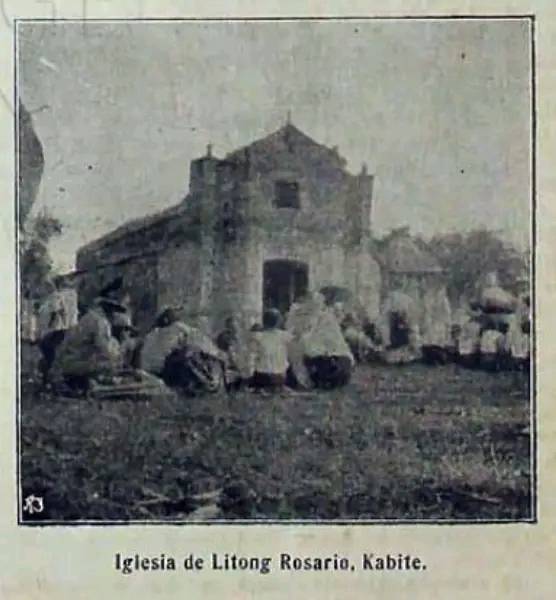
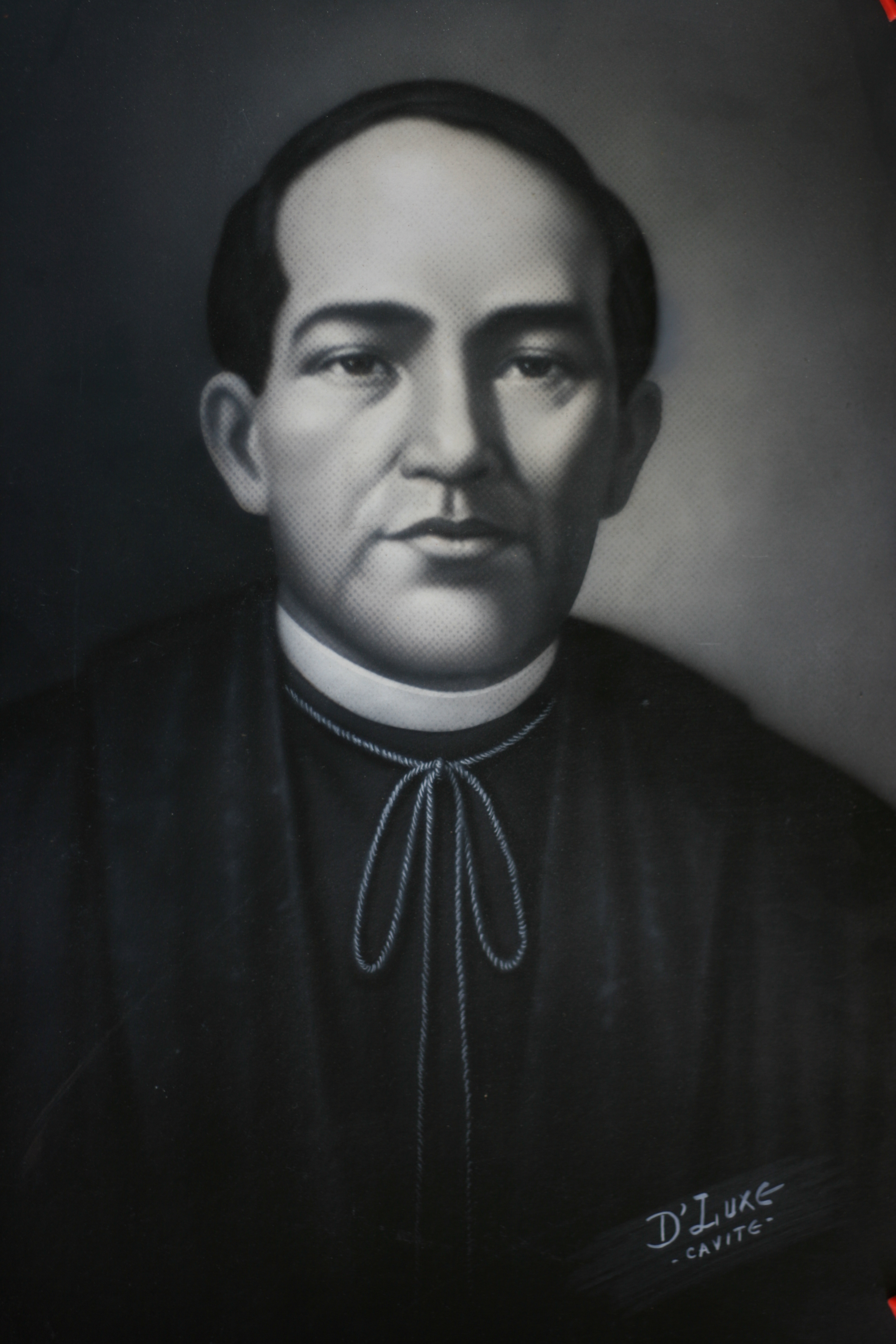
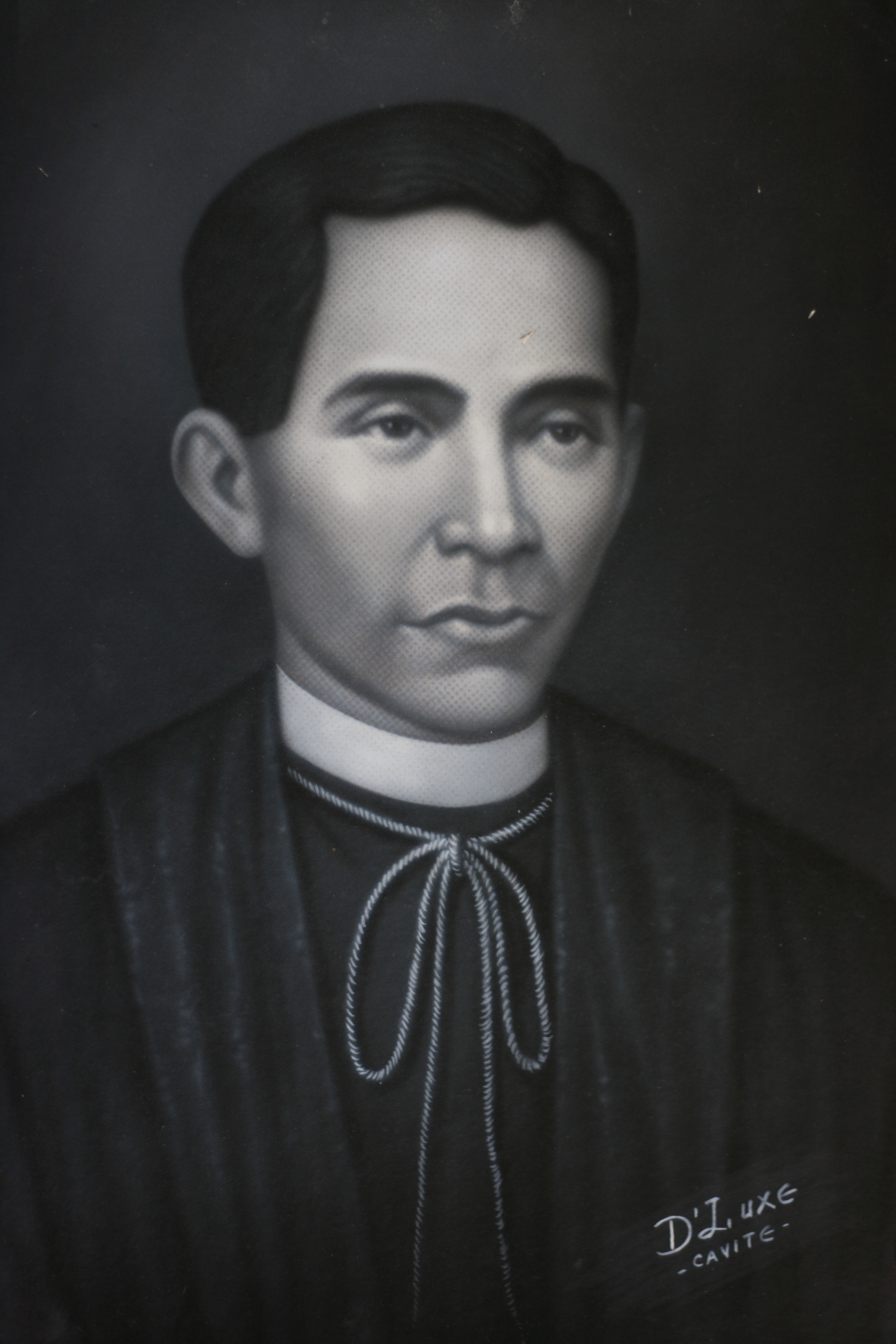
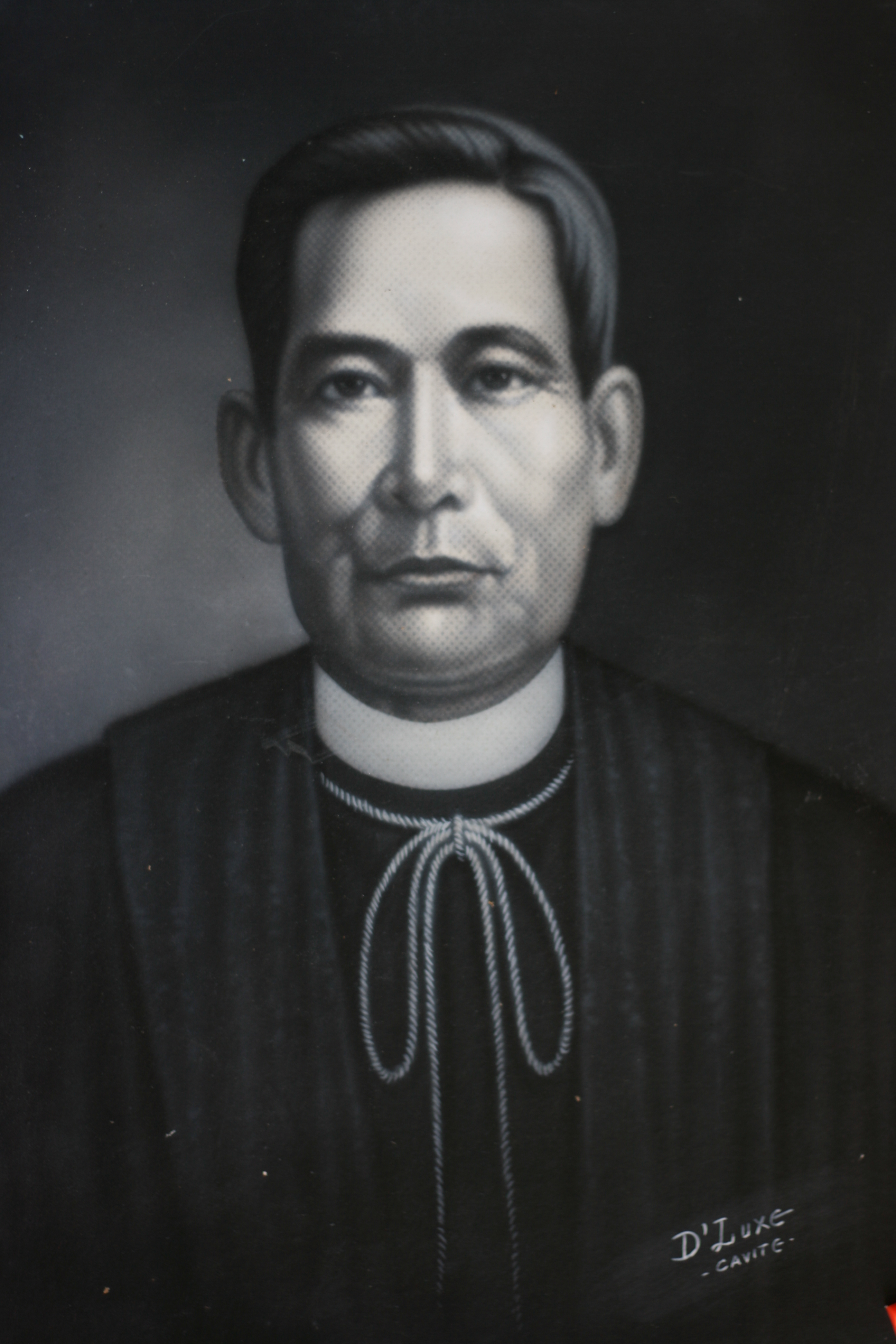
.jpg)

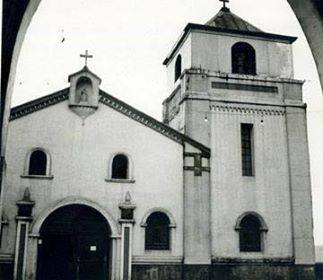
.jpg)
.jpg)

